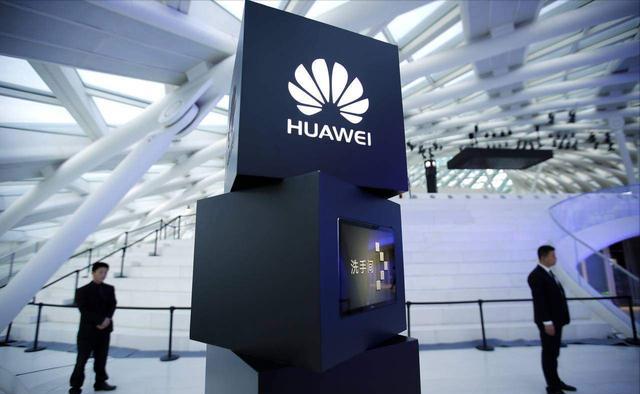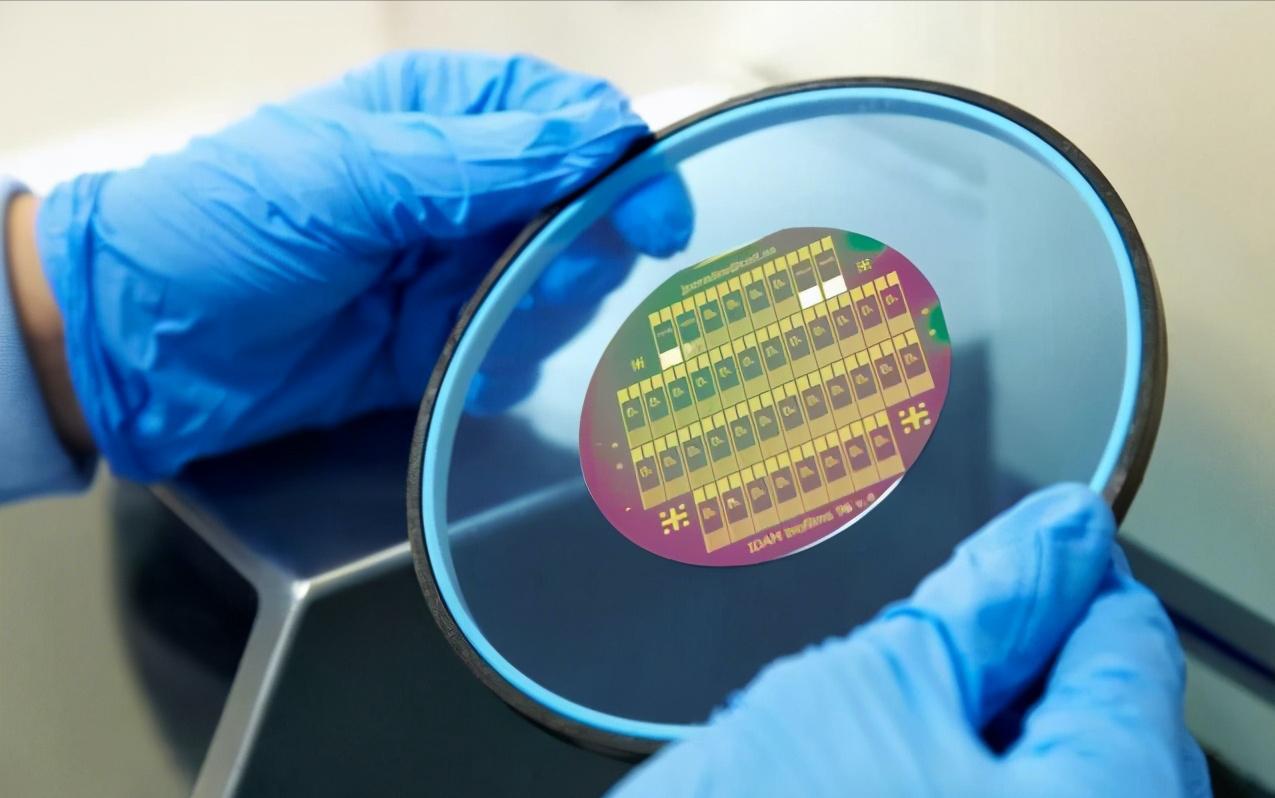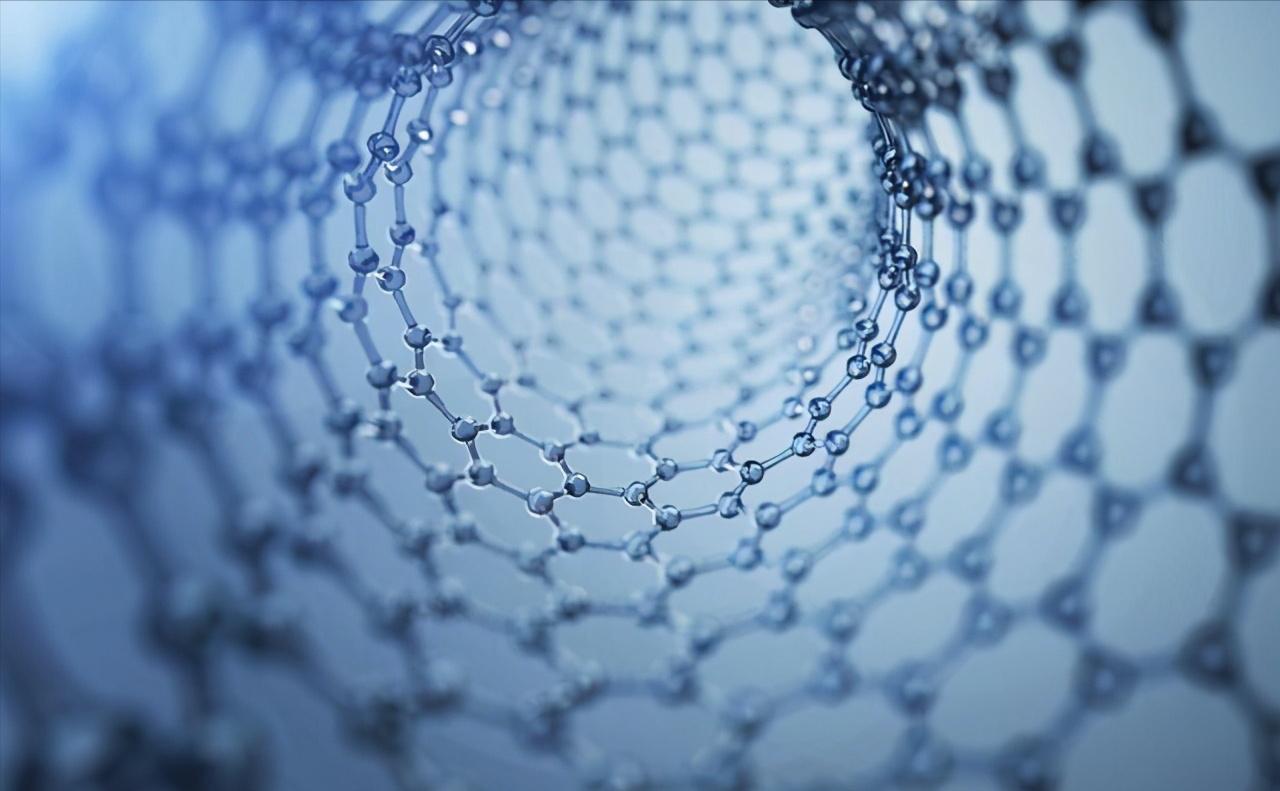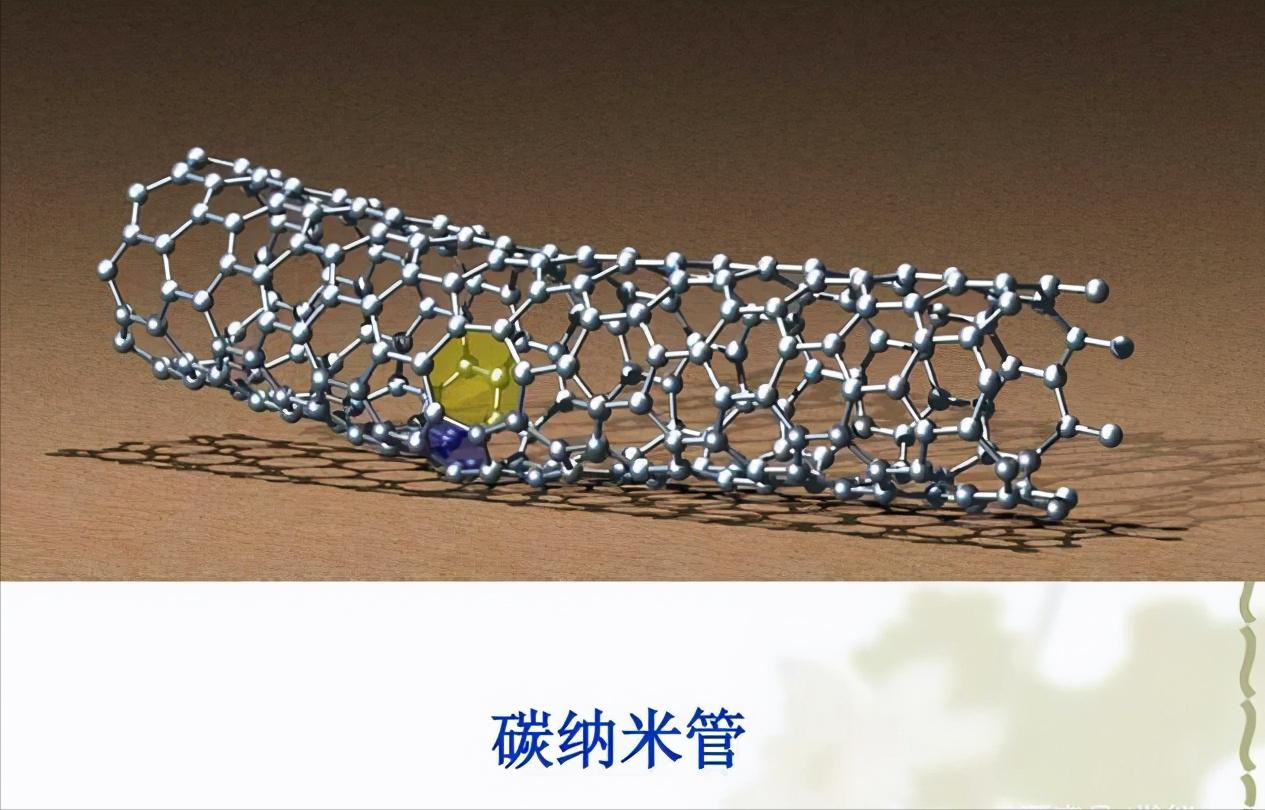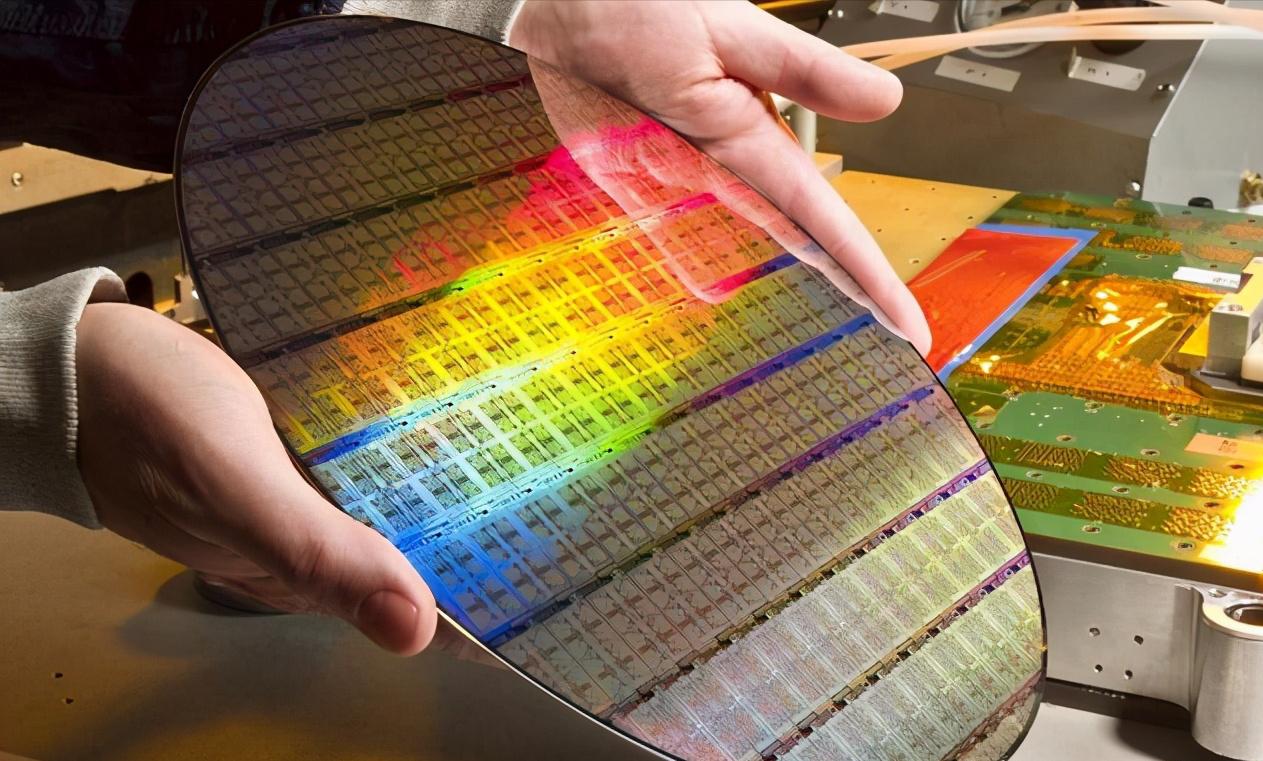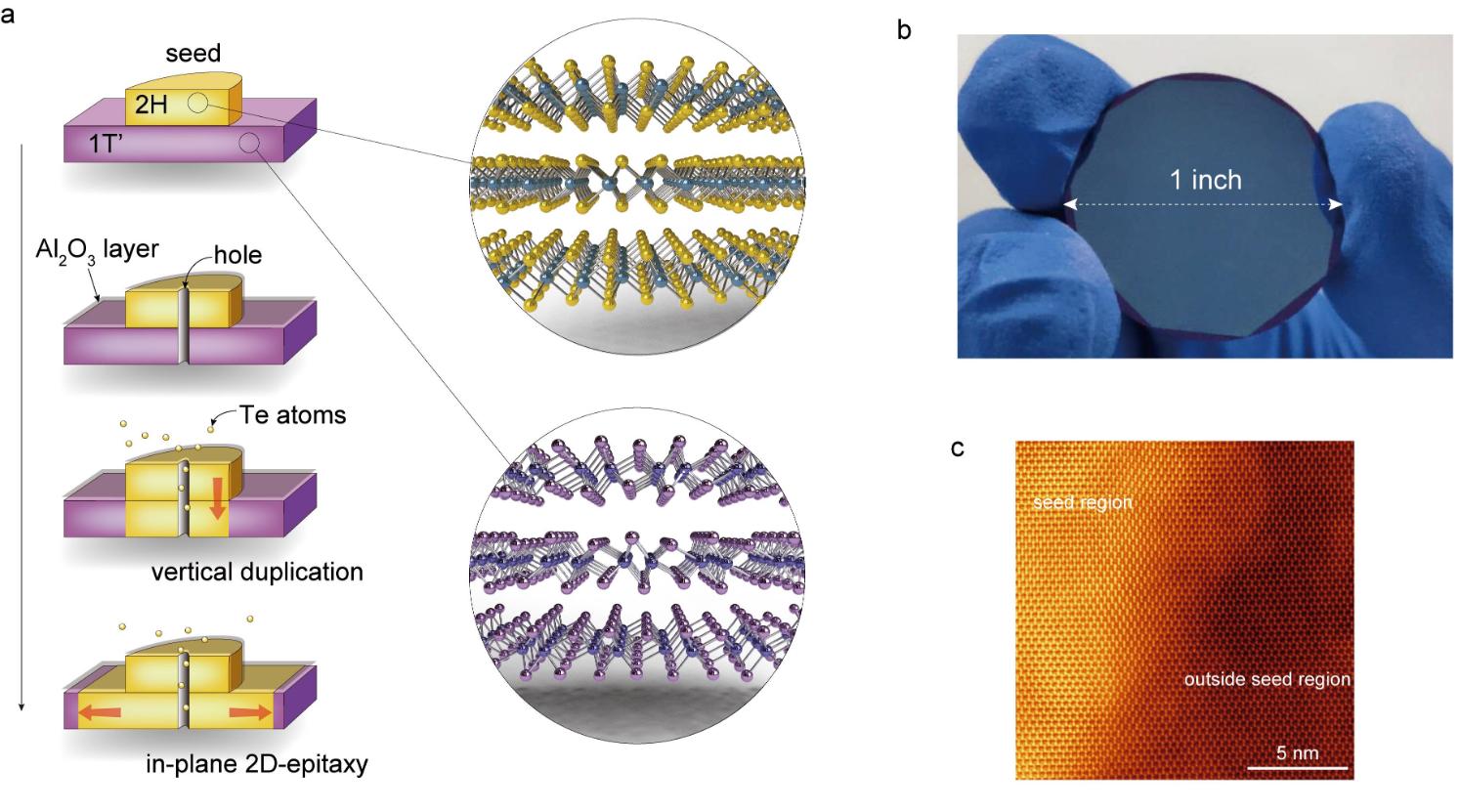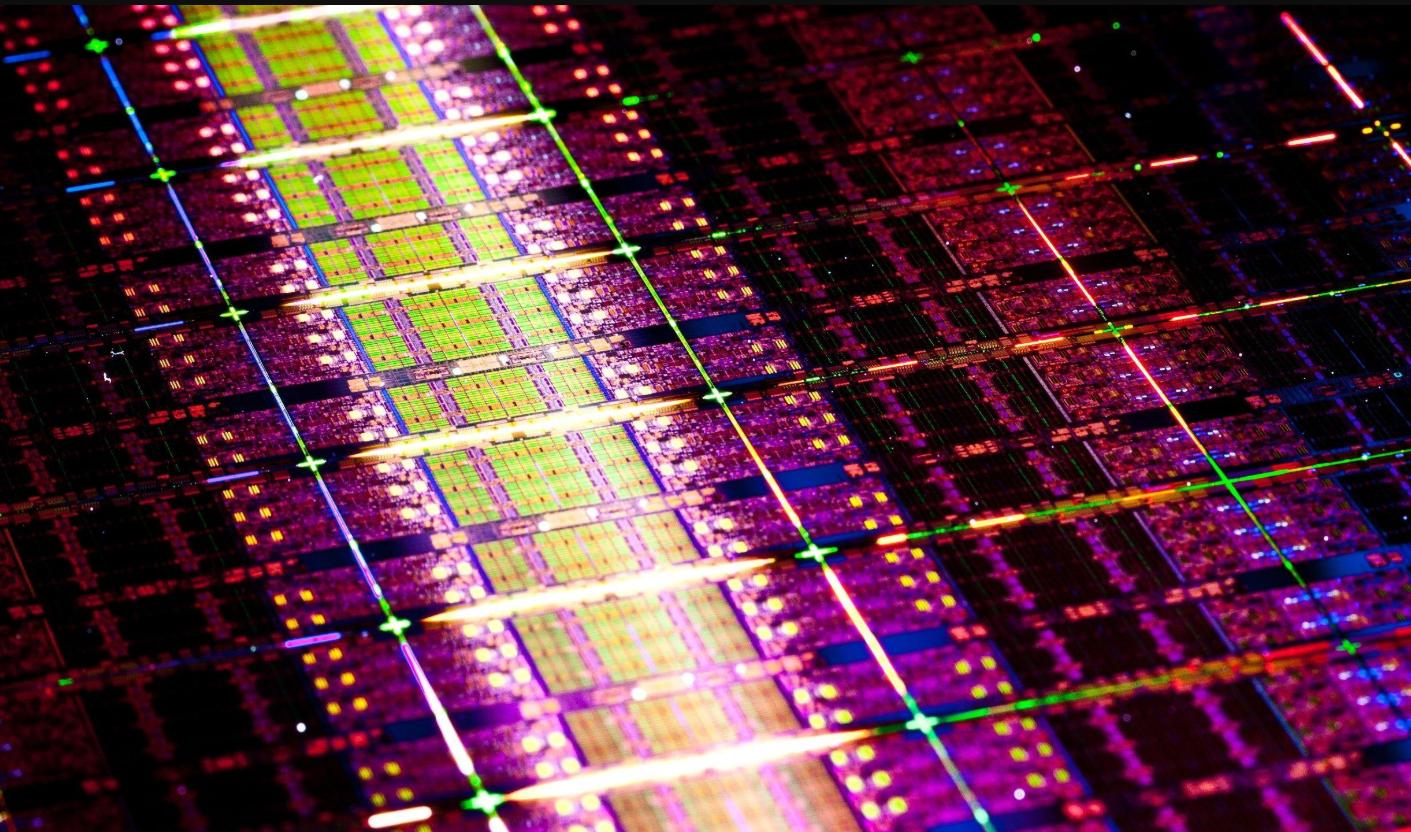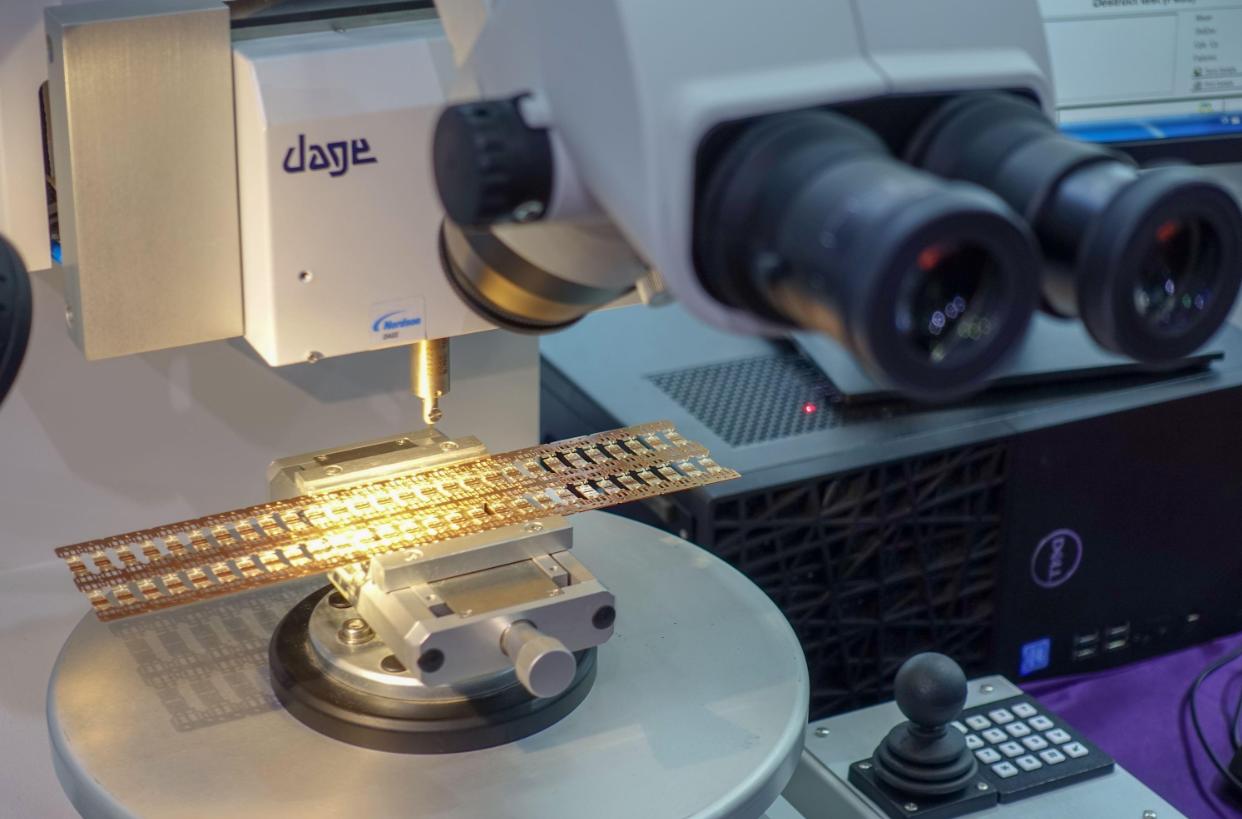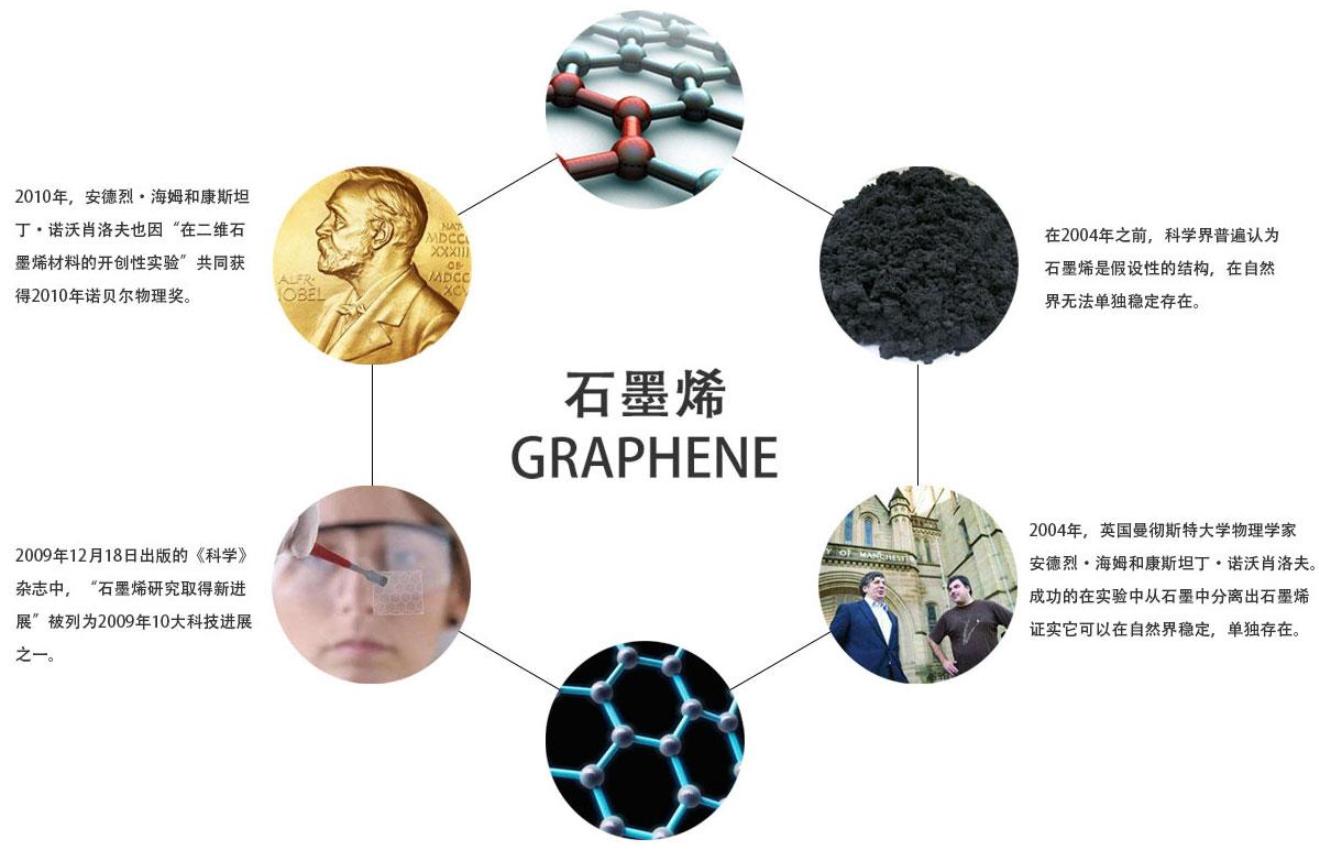2nd by Inf.news
Huawei discloses its graphene transistor patent to the world, and China's semiconductor field makes a breakthrough
2022-06-26 22:45 HKT
With the opening of the 5G era, China's Huawei has become the world's only communications giant that can provide end-to-end 5G commercial solutions, which has made Western countries led by the United States start to panic.
After the first attempt by the United States to contain Huawei's development through normal commercial competition methods failed, it put Huawei and its subsidiaries on the "blacklist" of exchanges.
Other companies are forbidden to provide Huawei with 5G chips, parts and chip technology; both software and hardware require their allies to refuse to cooperate with Huawei's 5G network construction.
Today's Huawei is already fighting alone, and people can't help but wonder if we are really hitting the rocks with pebbles.
Graphene Field Effect Transistor Patent
The answer is: no! Huawei's fighting alone is not the end here, this is a new beginning! The graphene field effect transistor patent published to the world recently is the best proof.
In this patent, Huawei stated that it can provide a graphene field-effect transistor, which improves the switching ratio and radio frequency performance by increasing the output resistance of the device, which can greatly shorten the processing time of various smart products.
The transistor includes a substrate, a first gate electrode, a second gate electrode, a first gate dielectric layer, a second gate dielectric layer, a channel layer, and source and drain electrodes.
The first gate electrode, the first gate dielectric layer, the second gate electrode, and the second gate dielectric layer are respectively located on both sides of the channel layer composed of AB stacked double (multiple) layers of graphene material;
The first gate electrode is composed of a first sub-electrode and a first connecting sub-electrode connected at intervals;
The extension direction of the first sub-electrode crosses the spacing direction of the source electrode and the drain electrode, and the projection of the first connecting sub-electrode and the channel layer on the substrate does not overlap;
The first sub-electrode and the second gate electrode are used to provide the channel layer with a vertical electric field perpendicular to the channel layer.
In fact, as early as 19 years, the Shenyang National Research Center of Materials Science, Institute of Metal Research, Chinese Academy of Sciences, produced vertical structure transistors to improve the signal transmission and processing speed of electronic components.
8-inch graphene single crystal wafer
Not only that, at the Shanghai International Graphene Innovation Conference, the Chinese Academy of Sciences has made persistent efforts to develop a newer 8-inch graphene single crystal wafer, which has higher hardness, thermal conductivity and electrical conductivity than traditional silicon-based chips.
The publication of Huawei's patents for the ethylene field effect transistors means that it is just around the corner to break the monopoly of the semiconductor industry.
When Huawei was suppressed and blocked its chips earlier, it consciously introduced China into the predicament of studying lithography machines.
Because the lithography machine is the core equipment of chip manufacturing, according to the general logical thinking: if you want to manufacture a chip, it must spend a lot of energy and financial resources to develop a domestic lithography machine.
However, the production of lithography machines is extremely complicated. At present, industries that can produce lithography machines are prohibited from selling lithography machine drawings to China. Facing such practical problems means that China cannot complete chip research and development work.
Just when they thought the conspiracy was about to arrive, the graphene wafer developed by the Chinese Academy of Sciences turned out to surprise Western countries, calling them "lied" by China's anti-routines.
Western countries are full of confidence that China will fall into the lithography machine dilemma, but once thought that we should find another way to open another new world of chips.
The graphene exhibited by the Chinese Academy of Sciences is called the king of new materials. Carbon-based chips made of this material will reach the world's high-end level. What is more worthy of recognition is that my country's annual output value of graphene is rich.
Once other countries suppress and block China's raw material exports, the country will no longer suffer from such problems as raw material blockade.
Therefore, carbon-based chips made of graphene must be the icing on the cake for China's science and technology cause. In addition, my country's graphene wafers have also achieved small batch production.
The research and development of graphene wafers has gone from single-layer to single-crystal, from single-crystal to atomically flat large-area wafers, and from samples of only a few microns to 8-inch wafers that can be mass-produced. It is not easy for the R&D team all the way. .
In order to make the most of the research and development results and realize the mass production of graphene wafers as soon as possible, the Chinese Academy of Sciences quickly signed an agreement with the graphene functional platform.
The graphene material is used as a sensor of various physical parameters and used in combination with a radio frequency identification antenna to ensure stable small batch production of graphene wafers.
Graphene battery
At the same time, graphene batteries made in my country are gradually put into use. In response to the country's call for "green travel", electric vehicles and electric vehicles are now on the streets and alleys.
Regarding the choice of electric vehicles, I believe everyone is most concerned about its battery performance: how long can it run? Is charging fast? Is the service life long?
In order to attract the eyes of consumers, the major electric vehicle brands have also worked hard to continuously improve and upgrade the appearance design and battery performance.
The appearance design can be solved very well, but the battery performance improvement is a big problem, and the graphene battery provides a shortcut for the performance improvement of the electric vehicle pool.
Well-known brands such as Luyuan, Emma and Yadi have successively launched their own graphene batteries as product innovations to attract customers.
There are three types of electric vehicle batteries currently on the market: lithium batteries, lead-acid batteries and graphene batteries.
Among the three types of batteries, lead-acid batteries are low in cost, large in size, small in capacity, and short in life; lithium batteries are small in size, light in weight, and high in cost; graphene batteries have large reserves, fast charging speed, and long life.
Therefore, many brands in the electric vehicle industry have successively launched graphene battery electric vehicles to effectively solve the problem of long charging time but short range of electric vehicles in the past.
Graphene batteries have also begun to show their talents in smart devices such as mobile phones and tablets. The charging time of mobile phones using graphene batteries is only a few seconds.
Graphene battery pits have good cooling and heating performance, and can work normally in extreme conditions such as low temperature of minus 400 degrees Celsius to high temperature of 120 degrees Celsius, keeping the charging performance effect unchanged;
Graphene batteries coexist with rigidity and flexibility: Even if this graphene battery is bent and tempered 10,000 times by you, its capacity remains stable.
More importantly, it will not have frequent explosions and injuries to a certain brand of mobile phone, because even if the battery is exposed to flames, it will not catch fire or explode.
From this it appears that graphene is well-deserved as the "black gold" and "king of new materials". my country has already used graphene as a new energy source and invested a lot of manpower and financial resources in research and development.
At present, the number of applications for its patents has far surpassed the United States, Japan and other countries, ranking first in the world, and it will surely set off an innovative technological revolution in the future.

